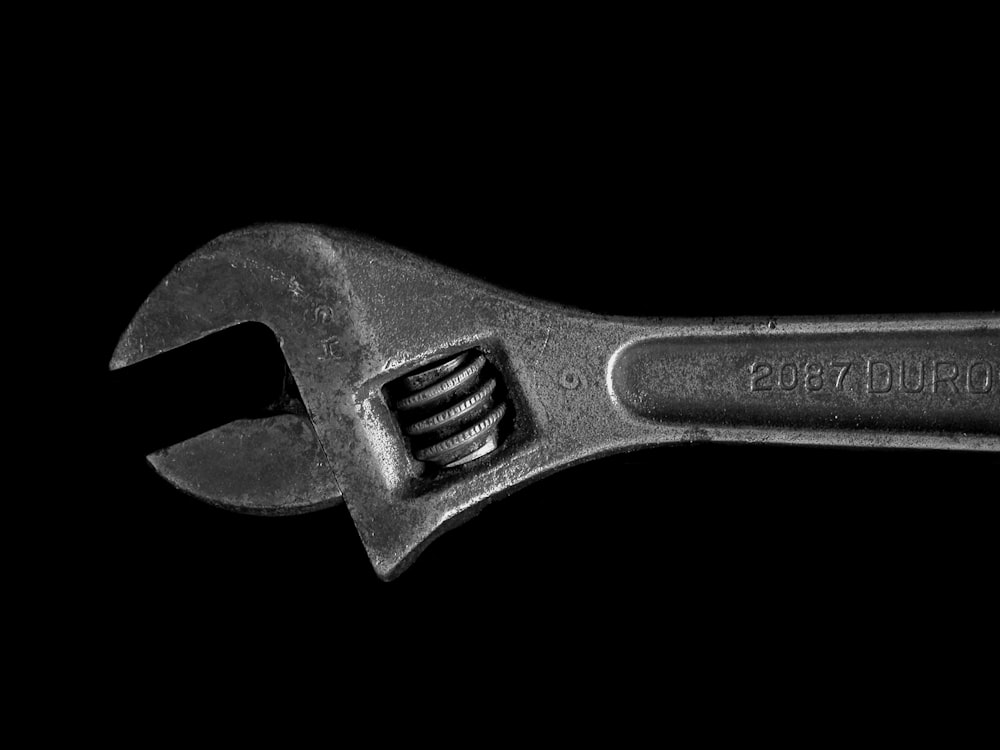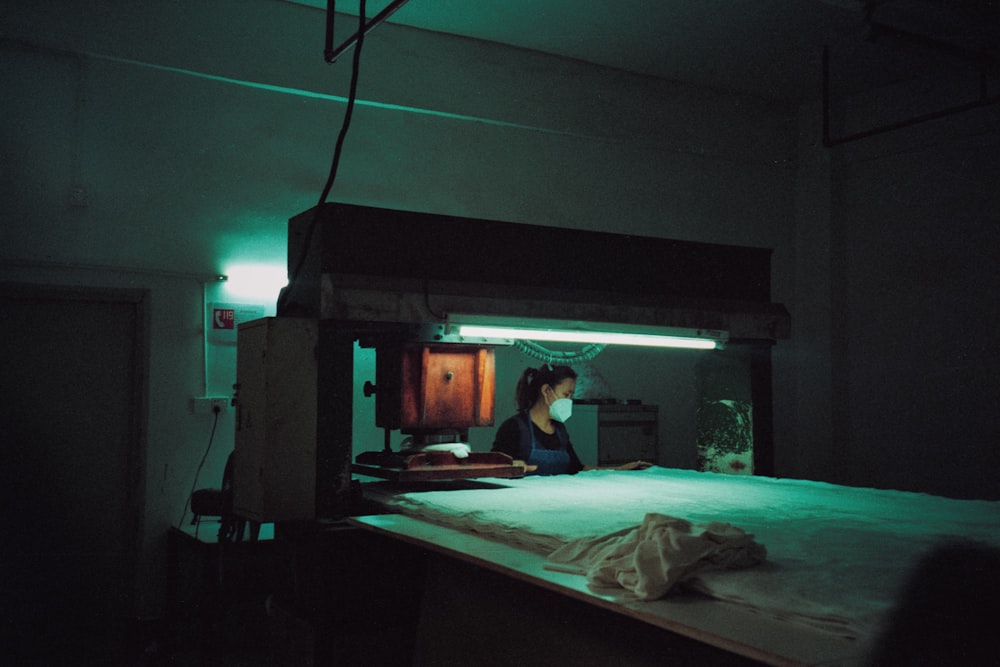
Crafting Precision The Art of Tool and Die Manufacturing
Crafting Precision: Unveiling the Mastery of Tool and Die Manufacturing
In the intricate world of manufacturing, the art of tool and die manufacturing stands as a testament to precision and craftsmanship. This meticulous process involves the creation of tools and dies, essential components in shaping and forming materials for various industries. Let’s delve into the nuances of this skilled craft and explore its significance in the realm of manufacturing.
Essential Foundations: Understanding Tools and Dies
At the heart of tool and die manufacturing are tools and dies themselves. Tools refer to instruments used for cutting, shaping, and forming materials, while dies are specialized molds that impart specific shapes to materials. These components are foundational in numerous manufacturing processes, ranging from simple stamping operations to complex metal forming in automotive and aerospace industries.
Machining Mastery: The Art of Crafting Tools
Crafting tools requires a mastery of machining techniques. Machinists use precision machining tools such as lathes, milling machines, and CNC machines to shape raw materials into the precise forms needed for various manufacturing applications. The artistry lies in the ability to translate intricate designs into tangible tools that will define the quality and precision of the final product.
Die Making Precision: Sculpting Molds for Forming
Die making involves the creation of molds that will shape materials into specific forms. These molds are intricately designed to withstand the pressures and forces involved in manufacturing processes. Precision in die making is crucial, as any imperfections can result in defects in the final product. Skilled die makers employ a combination of machining and metallurgical knowledge to create durable and high-performing dies.
Versatility Unleashed: Applications Across Industries
The impact of tool and die manufacturing extends across a plethora of industries. From automotive and aerospace to consumer goods and electronics, the versatility of tools and dies is evident. In the automotive sector, for instance, tools and dies are indispensable in the mass production of intricate parts, contributing to the efficiency and precision demanded by modern manufacturing.
Prototyping Prowess: The Role in Product Development
Tool and die manufacturing plays a crucial role in product development, especially during the prototyping phase. Crafting accurate and reliable tools and dies allows manufacturers to create prototypes that closely resemble the final product. This iterative process aids in refining designs, testing functionality, and ensuring that the end product meets stringent quality standards.
Innovation Hub: Advancements in Tool and Die Technology
The landscape of tool and die manufacturing has witnessed significant advancements in technology. Computer-aided design (CAD) and computer-aided manufacturing (CAM) have revolutionized the design and production processes. These technologies allow for more intricate and complex designs, reducing lead times and enhancing overall efficiency in tool and die manufacturing.
Quality Control Measures: Ensuring Precision at Every Stage
Maintaining precision is paramount in tool and die manufacturing. Stringent quality control measures are implemented at every stage of the process, from initial design to the final production of tools and dies. This commitment to quality ensures that the manufactured components will meet the exacting standards







